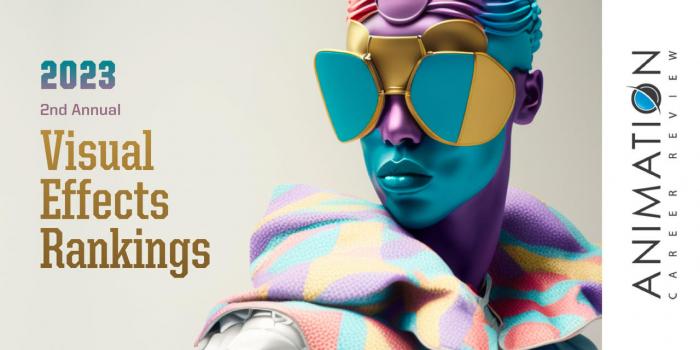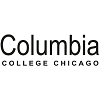Jarvis College of Computing and Digital Media (CDM) at DePaul University (DePaul) is home to the School of Cinematic Arts, which has several paths to study Visual Effects (VFX). Options include BFA and MS degrees in Film & Television, a VFX Minor, and an Animation BFA. Both the BFA and MS degrees in Film & Television provide the opportunity to Concentrate in VFX. The Animation BA has a VFX Animation Concentration.
Across programs, students will take courses such as Introduction to Visual Effects, Visual Effects Cinematography, Advanced Topics in Visual Effects, Visual Effects Supervision, 3D Motion Graphics, Compositing I-II, 3D Texturing and Lighting, Producing for Animation and VFX, Advanced Color Correction, 3D Design & Modeling, Coding for Audio and Video, CG Compositing, Editing I-II, Virtual Cinematography, Previsualization, Virtual Cinema, and Post-Production.
Students in all Programs have access to the latest software, tools, and technologies including Cintiq labs; 3D motion capture, motion control, and sophisticated sound studios; 3D printing, stop motion stages and fabrication studios; and professional-level animation and effects software. Students also have access to the Animation Lodge, where they have opportunities to collaborate on group projects, network, and build their portfolios.
Other Program features include Project Bluelight, which provides hands-on experience in motion picture production to all interested students; the visiting artist series, where past guests have included artists from Pixar and Disney; and participation in the 10-week immersive Los Angeles Quarter Program where students have opportunities to intern at major Hollywood studios such Disney, Warner Brothers, DreamWorks Animation, Sony, Nickelodeon, The Jim Henson Company, Bix Pix Entertainment, and Titmouse.
Graduates of Jarvis College of Computing and Digital Media at DePaul University have been hired at DreamWorks Animation, LAIKA Studios, Warner Bros. Animation, Blizzard Entertainment, BioWare, Nickelodeon Animation, ShadowMachine, Walt Disney Animation Studios, Electronic Arts (EA), Cartoon Network, Iron Galaxy Studios, and The Mill, among others.
DePaul University provides exceptional academics and real-world experiences to prepare students for a changing world. With nearly 21,000 students across more than 300 academic programs, DePaul has two campus locations in Chicago. Students richly benefit from the city’s many opportunities. In turn, DePaul is one of the forces that shapes Chicago’s future. The university was founded in 1898 by the Congregation of the Mission (Vincentians), a Roman Catholic religious community dedicated to following the ideals of St. Vincent de Paul. DePaul is among the nation’s top universities for diversity because of its long tradition of providing a high-quality education to students from a broad range of backgrounds. DePaul is one of the largest private, nonprofit universities in the Midwest and one of the largest Catholic universities in the nation.







